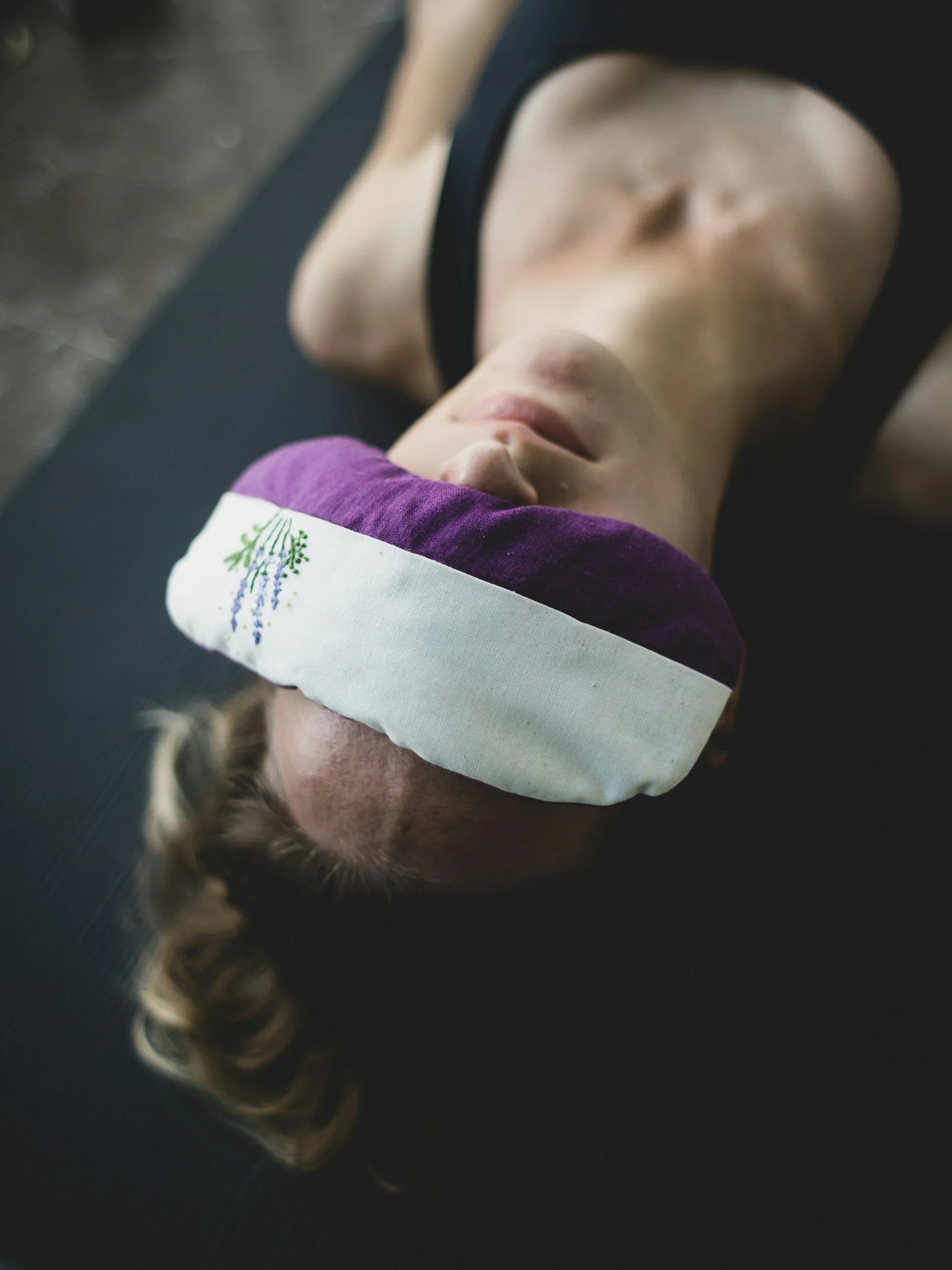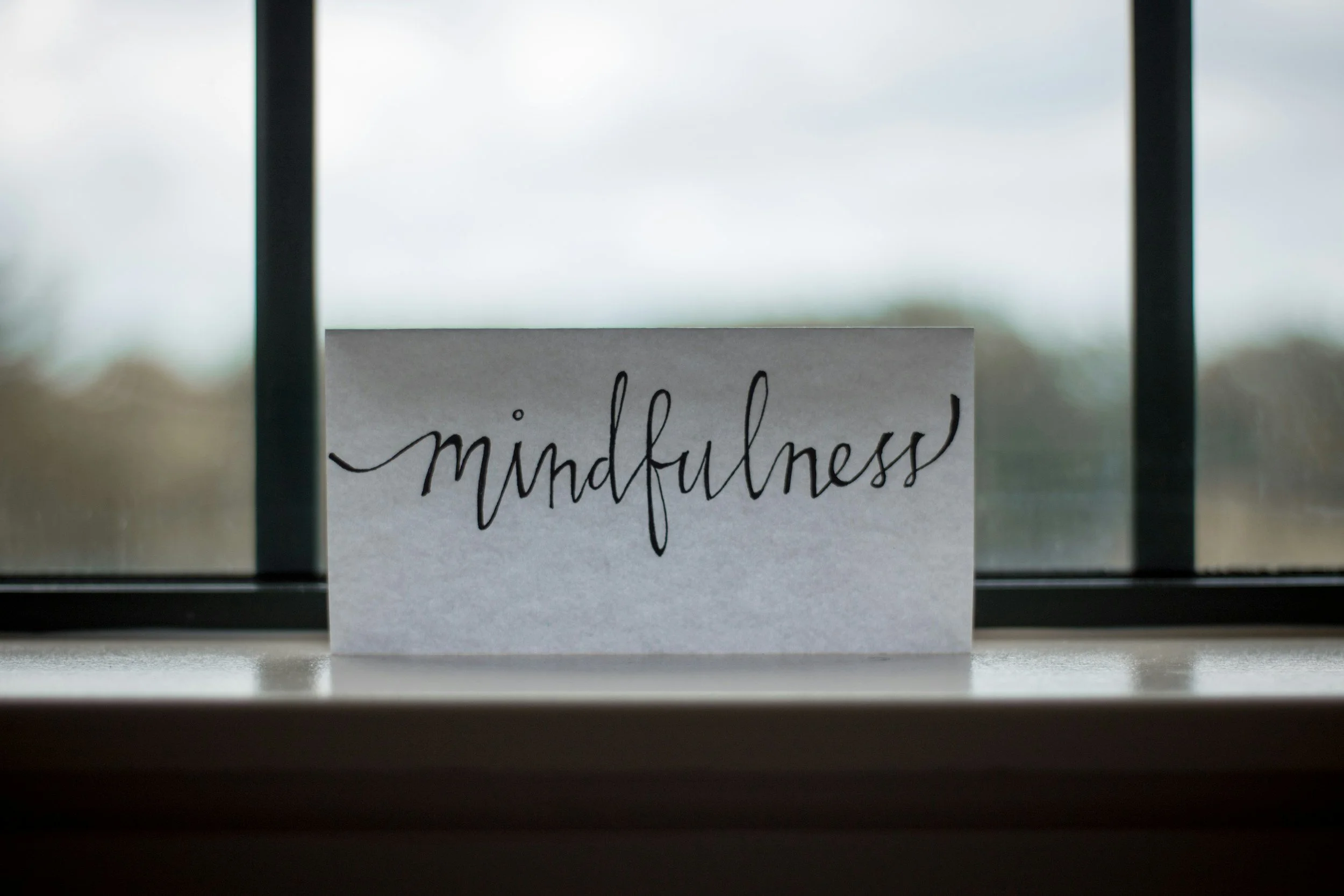Resources

The Science Behind Yoga, Mindfulness, Meditation, and Sound Healing
Modern research shows that yoga, mindfulness, meditation, and sound healing influence the body and brain in measurable ways. Slow breathing and mindful movement shift the nervous system toward rest-and-digest; attention training reshapes circuits for focus and emotion regulation; restorative practices improve sleep; and rhythmic sound reduces stress through entrainment. Practiced consistently, these tools complement medical care and build resilience, clarity, and calm.

The Power of Integration: Why Combining Healing Tools Creates Deeper Transformation
True healing is multi-dimensional. While yoga, sound healing, mindfulness, or breathwork each offer benefits on their own, combining them creates a powerful synergy. An integrative approach addresses body, mind, and spirit together—bringing deeper balance, emotional release, and lasting transformation. With a flexible, personalized toolbox of practices, healing becomes more adaptable and sustainable.

What Is Sound Healing? A Beginner’s Guide
Sound healing is an ancient practice re-emerging as a modern wellness tool. By using vibrations and frequencies from instruments like bowls, gongs, or chimes, it helps the body and mind shift into states of deep relaxation and balance. Sessions, often called sound baths, reduce stress, support sleep, release tension, and promote emotional clarity. Gentle and safe, this practice invites grounding, harmony, and a deeper connection to yourself.

Tuning Forks: A Simple Yet Powerful Tool for Healing
Tuning forks may look simple, but they’re powerful tools for sound healing. Weighted forks deliver strong vibrations directly into the body, while unweighted forks create tones used around the body or near the ears. Both can ease stress, support balance, and release tension. Tuning forks are generally safe, but should be avoided with pacemakers, pregnancy, ear sensitivities, or recent injuries.

Yoga Therapy vs. Regular Yoga: What’s the Difference?
Yoga and yoga therapy share roots but serve different purposes. A regular yoga class focuses on group practice for fitness, stress relief, and general well-being. Yoga therapy, on the other hand, is highly individualized, using postures, breathwork, and mindfulness to address specific health concerns like chronic pain, anxiety, or trauma. By integrating with healthcare, yoga therapy provides tailored support for healing and long-term balance.

What to Expect in a Private Session
A private session offers a safe, supportive space for healing tailored to your needs. Each session begins with a consultation to set intentions, followed by grounding practices like breathwork or mindfulness. From there, we may integrate yoga therapy, restorative postures, sound healing, or reflective activities to support physical, emotional, and mental well-being. Sessions close with reflection and rest, helping you carry calm, balance, and resilience into daily life.

Breathwork for Nervous System Regulation
Breathwork is a powerful way to regulate the nervous system and restore balance. By consciously working with the breath, we can shift from fight-or-flight into a state of calm and resilience. Practices like belly breathing, box breathing, extended exhales, and alternate nostril breathing lower stress, ease anxiety, and support trauma recovery. With just a few minutes a day, breathwork offers a simple, accessible path to greater peace and emotional stability.

Yoga + Sound Healing for Trauma Recovery
Trauma impacts both body and mind, often leaving survivors stuck in survival mode. Yoga and sound healing together provide a powerful path to recovery. Trauma-informed yoga emphasizes safety, choice, and gentle reconnection with the body, while sound healing uses vibration to calm the nervous system and release stored emotions. When combined, these practices regulate stress responses, foster resilience, and create lasting transformation in trauma recovery.

What Is Mindfulness - And How Coaching Can Help
Mindfulness is the practice of being fully present in the moment with openness and without judgment. It helps ease stress, calm anxiety, and improve focus, relationships, and overall well-being. Many people know mindfulness is beneficial but struggle to stay consistent. Mindfulness coaching provides personalized tools, guidance, and support to make mindfulness part of daily life - helping you create lasting change.

A Guide to Different Sound Healing Instruments
Sound healing uses a wide range of instruments, each with unique vibrations and effects on the body and mind. Crystal and Tibetan bowls promote peace and grounding, while gongs and drums create deep resonance and rhythmic release. Chimes, rainsticks, and ocean drums invite clarity and relaxation, while tuning forks and small percussion bring balance and subtle shifts. Together, these instruments create powerful sound journeys for relaxation, healing, and renewal.

Corporate Mindfulness & Wellness: How It Helps Employees and Organizations
Corporate mindfulness and wellness programs help reduce stress, improve focus, and build resilience in the workplace. For employees, practices like yoga, meditation, breathwork, and sound healing lower anxiety, improve physical health, and enhance productivity. For organizations, these programs reduce absenteeism, improve morale, and strengthen workplace culture. Investing in employee well-being creates more engaged, loyal, and thriving teams.

Yoga Nidra: Deep Rest for the Nervous System and the Soul
Yoga Nidra, often called “yogic sleep,” is a guided meditation practice that supports deep rest and nervous system regulation. Practiced lying down in complete comfort, Yoga Nidra invites the body into profound relaxation while the mind remains gently aware. This deeply restorative practice has been shown to reduce stress, improve sleep, and support emotional well-being—offering a powerful reminder that rest itself can be healing.

Integrating Healing in Everyday Life
Healing isn’t just something that happens in retreats or classes - it’s most powerful when woven into daily life. By adding mindful breathing, simple pauses of awareness, intentional movement, calming sounds, self-compassion, and supportive connections, you create a lifestyle of balance and resilience. Everyday healing ripples outward, nurturing not only your own well-being but also your relationships, work, and community.

How Mindfulness Helps with Stress, Anxiety, and Trauma
Mindfulness is the practice of being present with openness and compassion. It helps reduce stress by calming the nervous system, relieves anxiety by breaking cycles of worry, and supports trauma recovery by reconnecting mind and body. Simple practices like mindful breathing, grounding exercises, and body scans can make a real difference. Over time, mindfulness fosters resilience, balance, and a greater sense of inner peace.

Yoga for Sleep and Insomnia
Yoga offers gentle, evidence-based tools for improving sleep and easing insomnia. By calming the nervous system, releasing tension, and quieting racing thoughts, yoga helps the body shift naturally into rest. Practices like restorative poses, breathwork, mindfulness, and Yoga Nidra reduce hyperarousal and retrain healthy sleep patterns. With consistency, yoga supports deeper rest, emotional balance, and waking with more clarity and resilience.

Mindfulness for Families & Children
Mindfulness isn’t just for adults - children and families benefit from simple practices that foster calm, focus, and connection. Mindful breathing, gratitude sharing, listening games, body scans, and mindful walks help kids regulate emotions and build resilience while strengthening family bonds. Practiced together, mindfulness reduces conflict, creates a calmer home, and supports both children and parents in cultivating presence and compassion.
